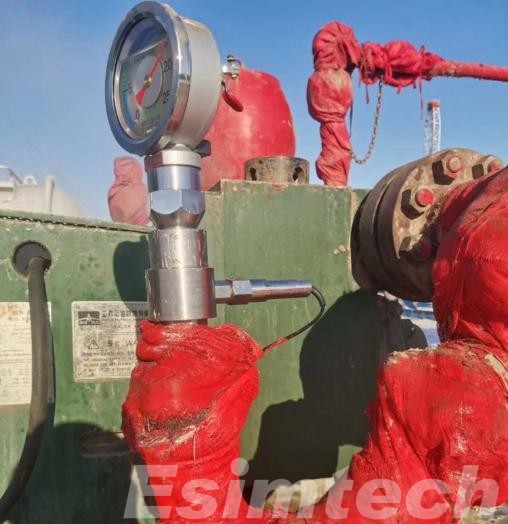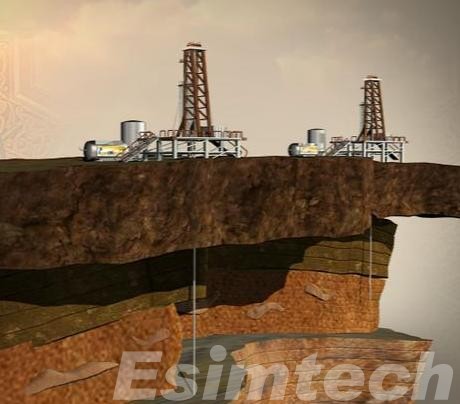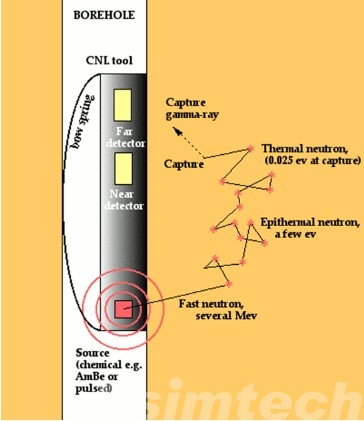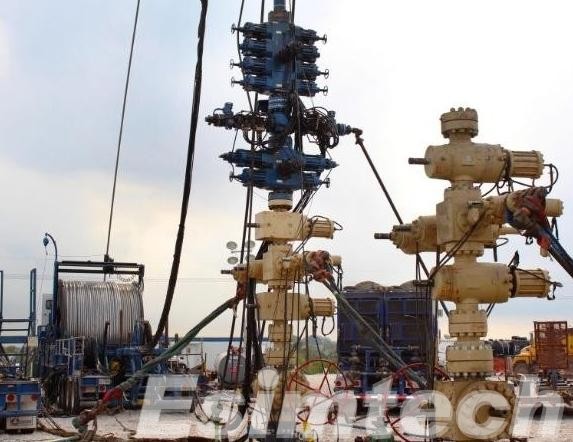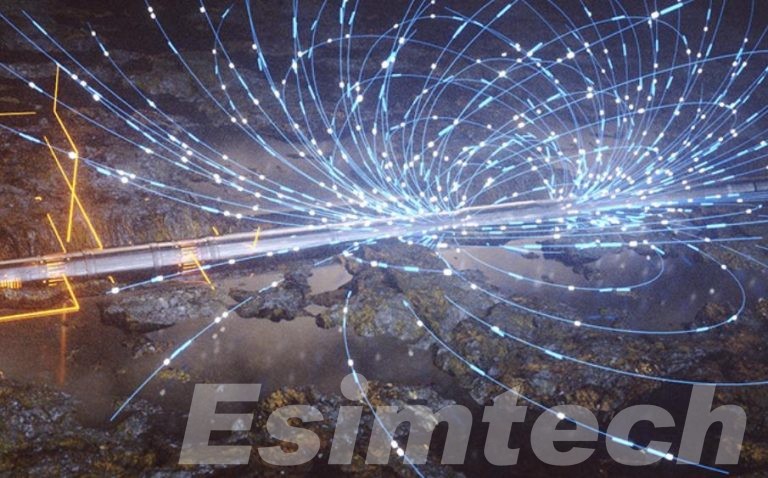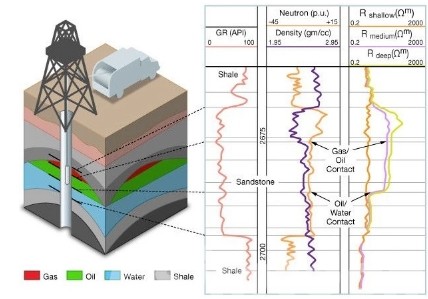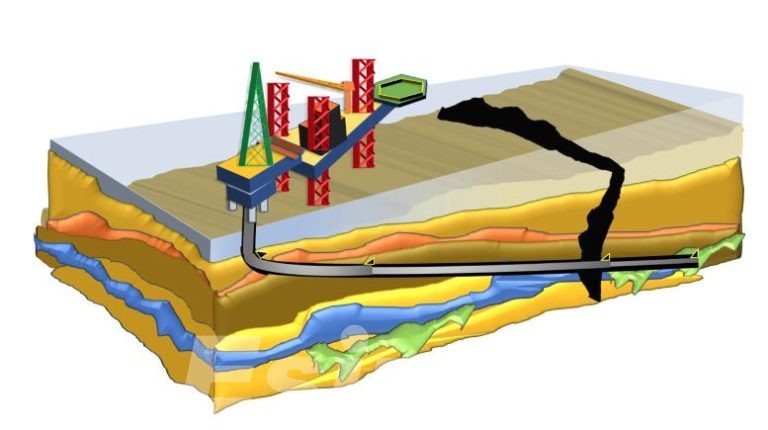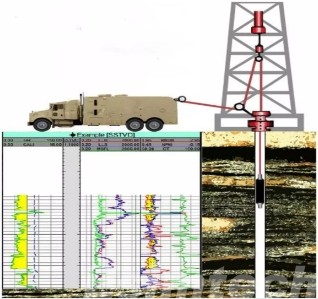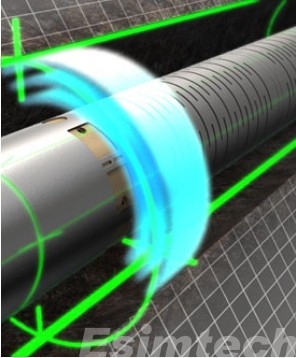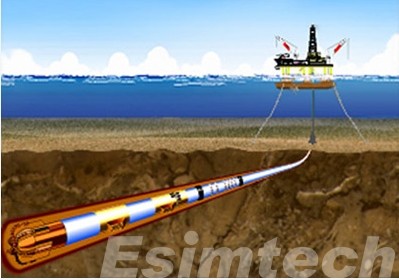What’s The Role of Mud Logging in Preventing Blowouts
Mud logging plays a very important role in the safety and efficiency of oil and gas drilling operations, especially in preventing blowouts, which are one of the biggest risks in the oil and gas industry. This article will take a deep dive into the concept of mud logging, its main functions, and how it can…

